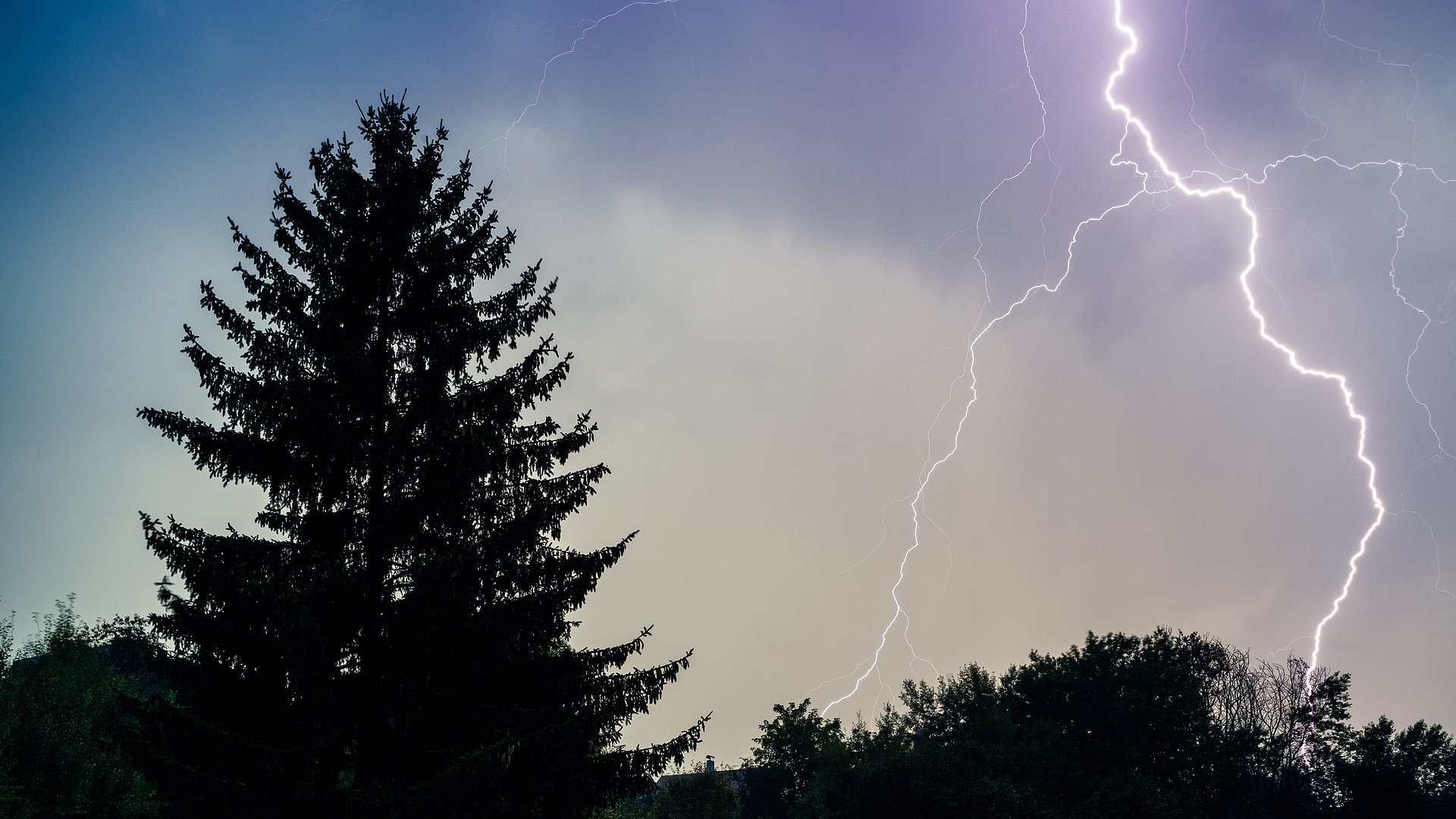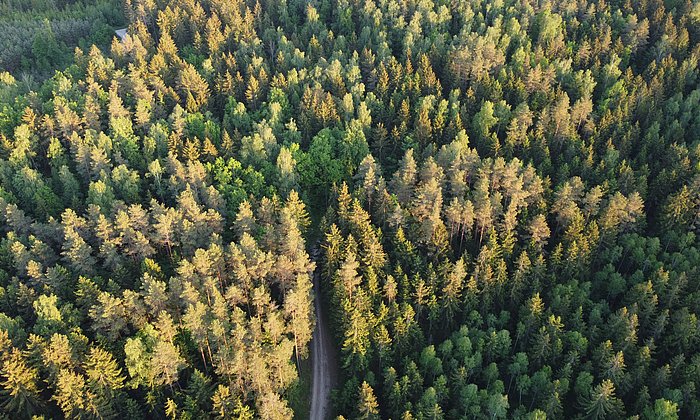Considerable biomass loss
320 million trees are killed by lightning each year

Lightning damage in forests is often hard to detect and has only been systematically studied in a few locations. Until now, it remained unclear how many trees worldwide die each year due to direct lightning-related damage. The TUM research team has developed the first method to estimate how many trees are so severely affected by lightning that they eventually die. Their conclusion: the ecological impact of lightning has been underestimated.
While earlier studies focused on field observations in individual forests, the TUM researchers took a mathematical approach. They extended a widely used global vegetation model by integrating observational data and global lightning patterns. “We’re now able not only to estimate how many trees die from lightning strikes annually, but also to identify the regions most affected and assess the implications for global carbon storage and forest structure,” explains Andreas Krause, lead author of the study and researcher at the Chair of Land Surface–Atmosphere Interactions.
The number of trees killed could increase in the future
According to their estimates, lightning kills about 320 million trees annually, accounting for 2.1 to 2.9 percent of all plant biomass loss annually. This biomass decay is estimated to emit between 0,77 and 1,09 billion tons of CO₂ annually. The researchers emphasize that these emissions are surprisingly high: they are comparable in magnitude to the approximately 1,26 billion tons of CO₂ released annually by the combustion of living plants in wildfires. However, the total CO₂ emissions from wildfires are substantially higher — about 5,85 billion tons per year — since they also include burning deadwood and organic soil material.
“Most climate models project an increase in lightning frequency in the coming decades, so it’s worth paying closer attention to this largely overlooked disturbance,” says Krause. “Currently, lightning-induced tree mortality is highest in tropical regions. However, models suggest that lightning frequency will increase primarily in middle- and high-latitude regions, meaning that lightning mortality could also become more relevant in temperate and boreal forests.”
Andreas Krause, Konstantin Gregor et al.: „Simulating Lightning-Induced Tree Mortality in the Dynamic Global Vegetation Model LPJ-GUESS.” Global Change Biology (2025). DOI: 10.1111/gcb.70312
- The Professorship of Land Surface-Atmosphere Interactions is part of the TUM School of Life Sciences.
Contacts to this article:
Dr. Andreas Krause
Technical University of Munich (TUM)
Professorship of Land Surface-Atmosphere Interactions
andy.krause@tum.de
Tel.: +49 8161-71 4726


